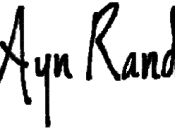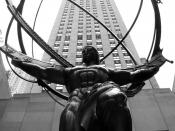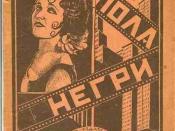The Fountainhead is a highly descriptive novel depicting the trials of a modern architect and society's opinion on the principles of contemporary architecture. Throughout Ayn Rand's story, many different situations arise that intentionally spark conflict in the minds of the readers. The main controversies addressed are the characteristics and demeanor of the modern architect, the uniqueness of the modern architecture itself, and the debate of a society that that is unwelcome to change. THESIS
In The Fountainhead, the author introduces Howard Roark as the hero architect who endures a great deal of hardships to overcome the ideal standard of classic and traditional architecture. From the very beginning of the story Roark is noted for his stubborn individuality and creative architectural mind. His getting expelled from the Stanton Institute of Technology was only the start of a long history of disapproval from the majority of society. Instead of giving up and giving in to the public's ideas of "good" architecture, Roark only becomes more independent and passionate about his work.
He clearly represents the characteristics relating to any modern inventor through his radical designing process and his defiance to conform to society's ideals.
Ayn Rand introduces Peter Keating at the same time as Roark in her story. Also an architect, Keating is the exact opposite of Roark, doing everything according to what the public wants and relying solely on architecture of the past to design his buildings. The story quickly reveals that Roark is the only character that acts out of creativity and his own set of principles. Both the Dean who expelled him from school and Keating, like many people in real life, are unable to create their own philosophies and beliefs. As Roark puts it during his trial, "The creator originates. The parasite borrows. The creator faces nature alone.


